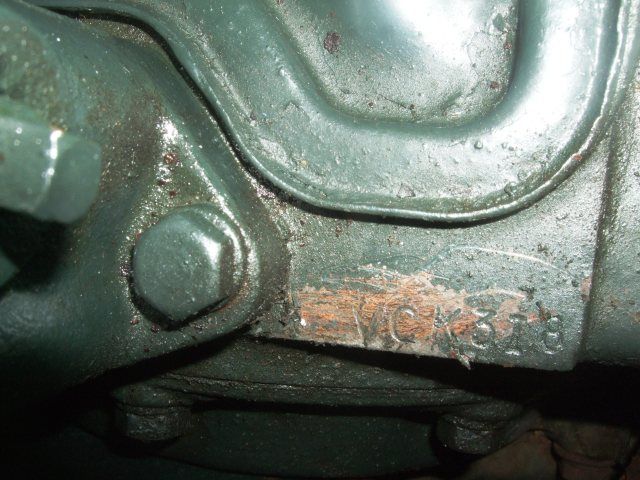The engine I am contemplating using in my 39 CE has a cannister type filter up next to the oil filler. I am concerned that it will interfere with the AC compressor i want to install. Can someone comment on that?
In looking at the repair manuals it appears there are three options for oil filtering in this era:
1. Like mine, cannister/
2. A screw on filter in the same location, up top next to the oil filler.
3. Down low on the side of the block, presumably next to the oil pump? I have not been able to find any pictures of this configuration anywhere.
Is my list complete and accurate?
Again, my intent is to have an AC system on the vehicle. I'd prefer the full flow filter but apparently if it clears the compressor the partial flow gives good service too.
In looking at the repair manuals it appears there are three options for oil filtering in this era:
1. Like mine, cannister/
2. A screw on filter in the same location, up top next to the oil filler.
3. Down low on the side of the block, presumably next to the oil pump? I have not been able to find any pictures of this configuration anywhere.
Is my list complete and accurate?
Again, my intent is to have an AC system on the vehicle. I'd prefer the full flow filter but apparently if it clears the compressor the partial flow gives good service too.
 BP
BP
 We've got to quit saying,
We've got to quit saying, 



Comment